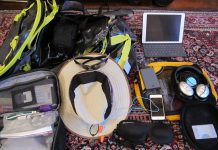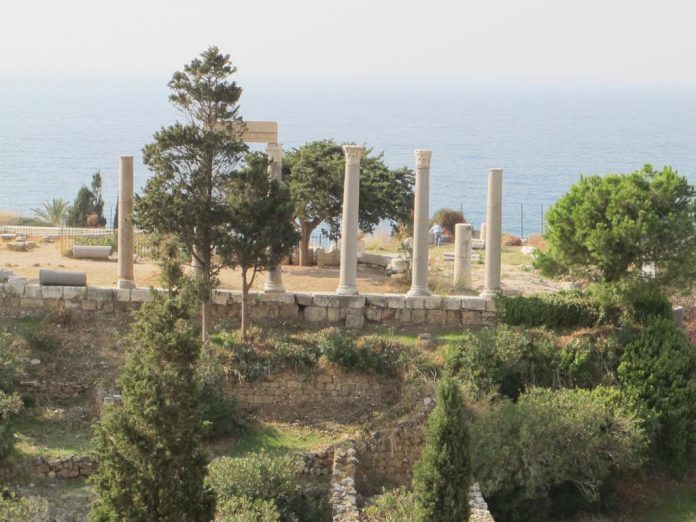This was part of a Viator tour I took which picked me up from my hotel in Beirut.
Byblos began as a small fishing village named Gebal on the coastal region then known locally as Canaan. Based on the trade of highly prized Lebanon cedars and papyrus, it grew prosperous and became an important shipping port. The name Byblos was given to it by the Greeks, and since papyrus was so fundamental to Byblos, the Greeks then in turn gave its name – biblos – to collections of papyri (what we now might call books). From that Greek word comes the name Bible (“the books” or “collection of books”). I think this alone gives those who are interested in history more than enough reason to visit.
 What you need to know:
What you need to know:
- Byblos is located about 40km north of Beirut, and the entire town is a UNESCO world heritage site.
- It is claimed to be first city of Phoenicia, and is one of the several cities claiming to be the oldest continuously inhabited city in the world (the others include Luxor, Jericho, and Damascus). As such, it is a prime example of an evolving town, with each subsequent civilization building upon the structures of those that came before.
- The main attractions still visible include the Crusader castle (castle of Gibelet), which is practically contemporary at about 800 years old, when you consider that prehistoric settlements here are dated at 8800 to 7000 BC.
- The castle is partially restored, with the restored stone pretty evident.
- The castle has an impressive well, which allowed the owners to stand up against long sieges.
- Byblos is a coastal town and surrounds a nice port complete with fishing boats and sea food restaurants.









